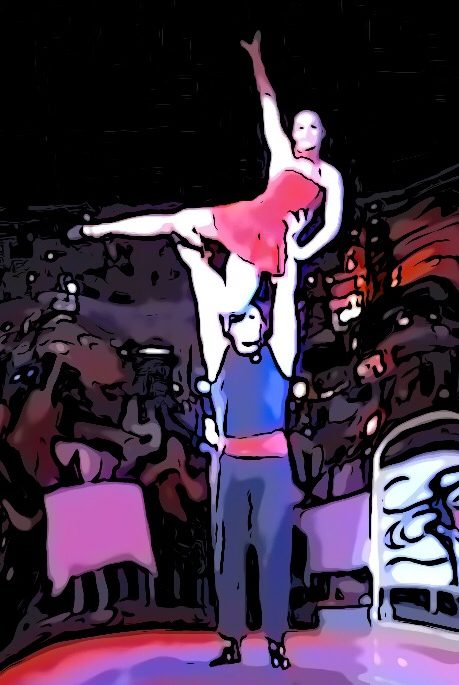The base has the correct posture for the standing position when lying on his back. The feet and shoulders should be slightly off the ground. As soon as the middle back rests completely on the floor, the abdominal area is closed and the body tension optimal. The head should stay above the spinal column if possible, in some positions of the flyer there are adjustments necessary.
A good body tension and a good coordination of knees and hips are the most important topics that a base should learn while balancing in the standing so that he never gets into the hollow cross.
At pole position of my list of injury risks are the problems with the arms (golfer arm, tennis elbow, carpal tunnel syndrome, inflamed biceps tendon). Closely followed by the problems with the back (ISG, strains, imbalances, …) of the base. Then follows with some distance the knees. While standing, the base can balance a lot in favor of the arms, unfortunately too often to the detriment of the back.
I always imagine a straw. As long as it is straight and loaded from the top without shearing forces, it resists an amazing amount of pressure.
If I bend the straw just a little (similar to the hollow cross), then it breaks down immediately.
In terms of weight, an elephant can lift much less than an ant. He compensates this with his substantial bigger mass. Regarding stability, the comparison is even clearer in favor of the ant. And … I always wish, I had the stability of a straw relative to my weight!
Deutsch

